Elderberry Leaf Problems: What To Do For Elderberry Leaves Turning Yellow
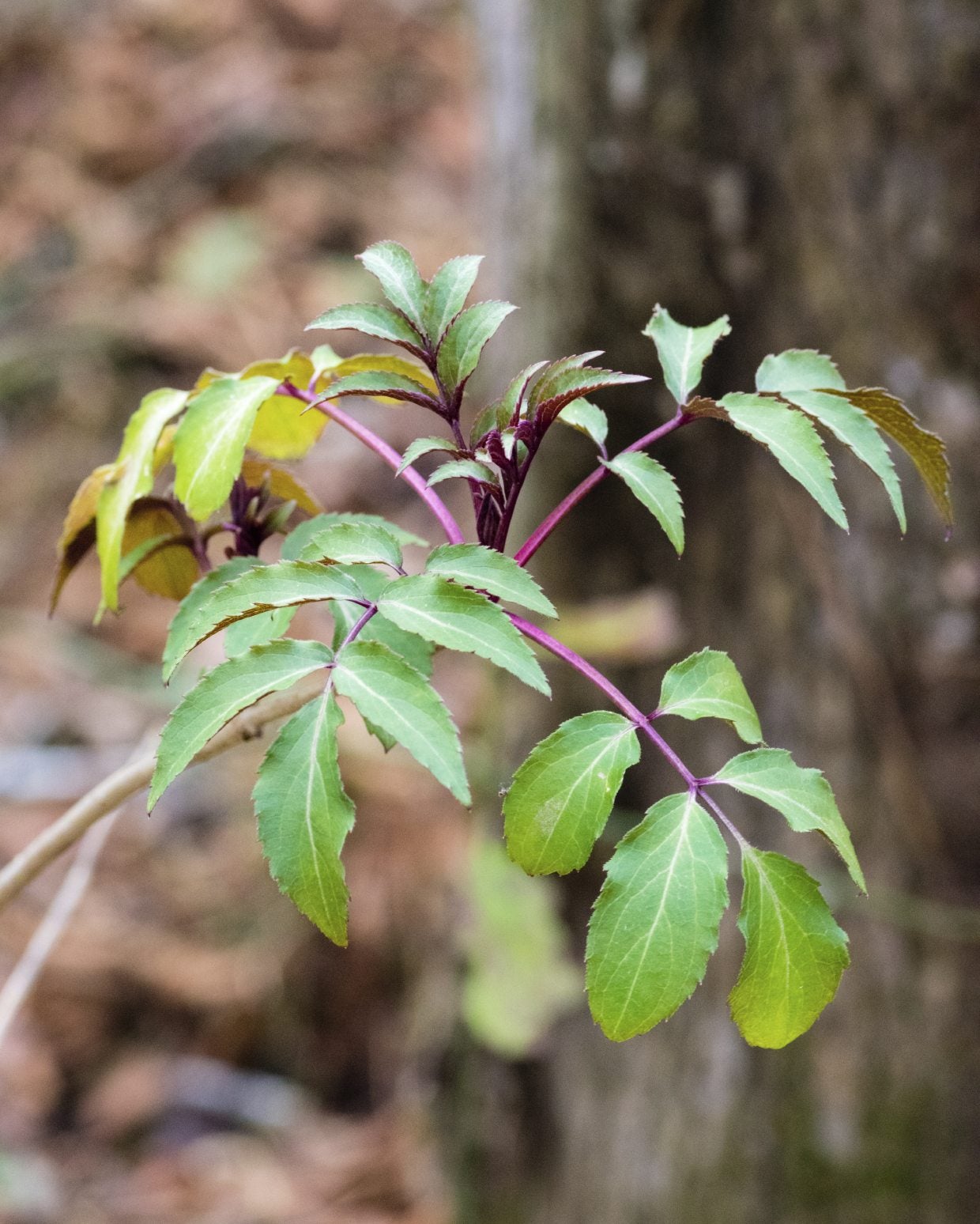
Elderberry is a deciduous shrub or small tree that has beautiful dark green leaves set off by clusters of creamy white flowers in the spring and early summer. What if your elderberry leaves are tuning yellow though? What causes yellowing leaves on elderberries and is there a way to rectify this? Let’s learn more.
Elderberry Leaf Problems
Elderberries are from the family Caprifoliaceae, or honeysuckle family. The aforementioned clusters of blossoms turn to black, blue, or red berries favored by birds. They thrive in areas of full sun to light shade, need a moderate amount of water, and are fast growing shrubs that can be pruned to create a screen or windbreak. Elderberries are hardy to USDA plant hardiness zone 4. Sometimes, certain conditions such as nutritional deficiencies or weather changes can cause yellowing leaves on elderberries. Like other deciduous trees and shrubs, elderberries naturally change color in the fall. Some cultivars, such as “Aureomarginata,” actually have some yellow in the leaves. So sometimes, but not always, an elderberry with yellow leaves is just a natural adaptation. What if it isn’t fall and you don’t have a variety of elderberry with yellow coloration, yet your elderberry leaves are turning yellow? Well, iron deficiency causes yellowing of leaves in deciduous trees and shrubs. Iron allows the plant to produce chlorophyll, which is what makes leaves green. Early on, an iron deficiency manifests itself as a surface yellowing of the leaf with green veins. As it progresses, the leaves turn white, brown, and then dieback. Conduct a soil test to see if you have an iron deficiency that is causing an elderberry with yellow leaves. Besides a nutrient deficiency, lack of water, trunk damage, and even planting too deeply can all cause an elderberry with yellow leaves. Diseases such as leaf spot can also yellow leaves. This begins as black or brown spots on the underside of the leaves. The center falls out, leaving a hole with a red halo. The leaves may then yellow and drop. Verticillium wilt is a disease that can also cause yellowing foliage in elderberries. New growth wilts, growth slows, and entire branches eventually die. Proper care is often the key to preventing disease or damage to your elderberry. The shrubs prefer moist, well-draining soil in full sun to partial shade. Prune out any dead or damaged branches and keep the soil damp. Control pest infestations as well, which can open a gateway to disease.
Gardening tips, videos, info and more delivered right to your inbox!
Sign up for the Gardening Know How newsletter today and receive a free copy of our e-book "How to Grow Delicious Tomatoes".

Amy Grant has been gardening for 30 years and writing for 15. A professional chef and caterer, Amy's area of expertise is culinary gardening.
-
 What Is A Pollinator Garden? Grow Gorgeous Blooms While Benefiting Your Local Ecosystem
What Is A Pollinator Garden? Grow Gorgeous Blooms While Benefiting Your Local EcosystemPollinator gardens look great and also provide a diverse ecosystem that benefits your local pollinating insects and animals. Get started today with this guide!
By Bonnie L. Grant
-
 5 Tough Urban Trees That Thrive In Cities – Top Picks For Urban & Suburban Landscapes
5 Tough Urban Trees That Thrive In Cities – Top Picks For Urban & Suburban LandscapesExplore the best urban trees that will add value to even the most challenging of landscapes. Get growing with these ideas and enjoy all the benefits of trees.
By Teo Spengler
-
 Elderberries Not Fruiting – How To Get Elderberry Fruit
Elderberries Not Fruiting – How To Get Elderberry FruitNo berries on elderberry? There may be a simple explanation. Read on for a helpful tips that may resolve the problem of elderberries not fruiting.
By Mary H. Dyer
-
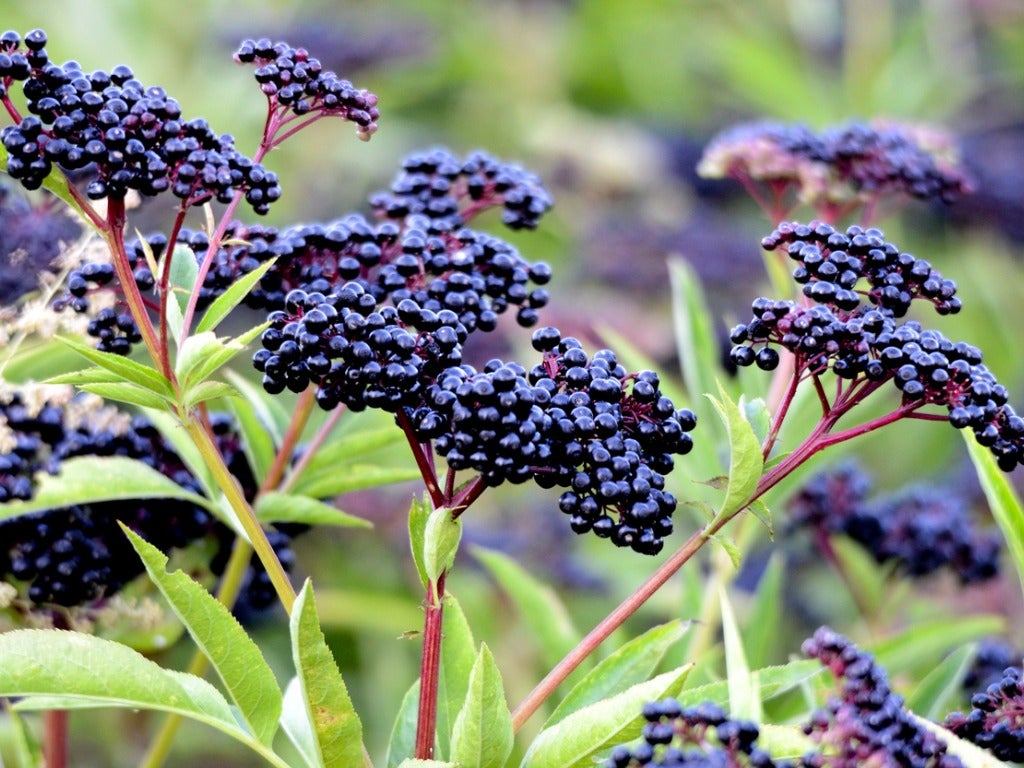 Germinating Elderberry Seeds – Elderberry Seed Growing Tips
Germinating Elderberry Seeds – Elderberry Seed Growing TipsIf you are cultivating elderberries for commercial or personal harvest, growing elderberry from seed may not be the most efficient way to go, however, it is possible. Click here to learn more.
By Teo Spengler
-
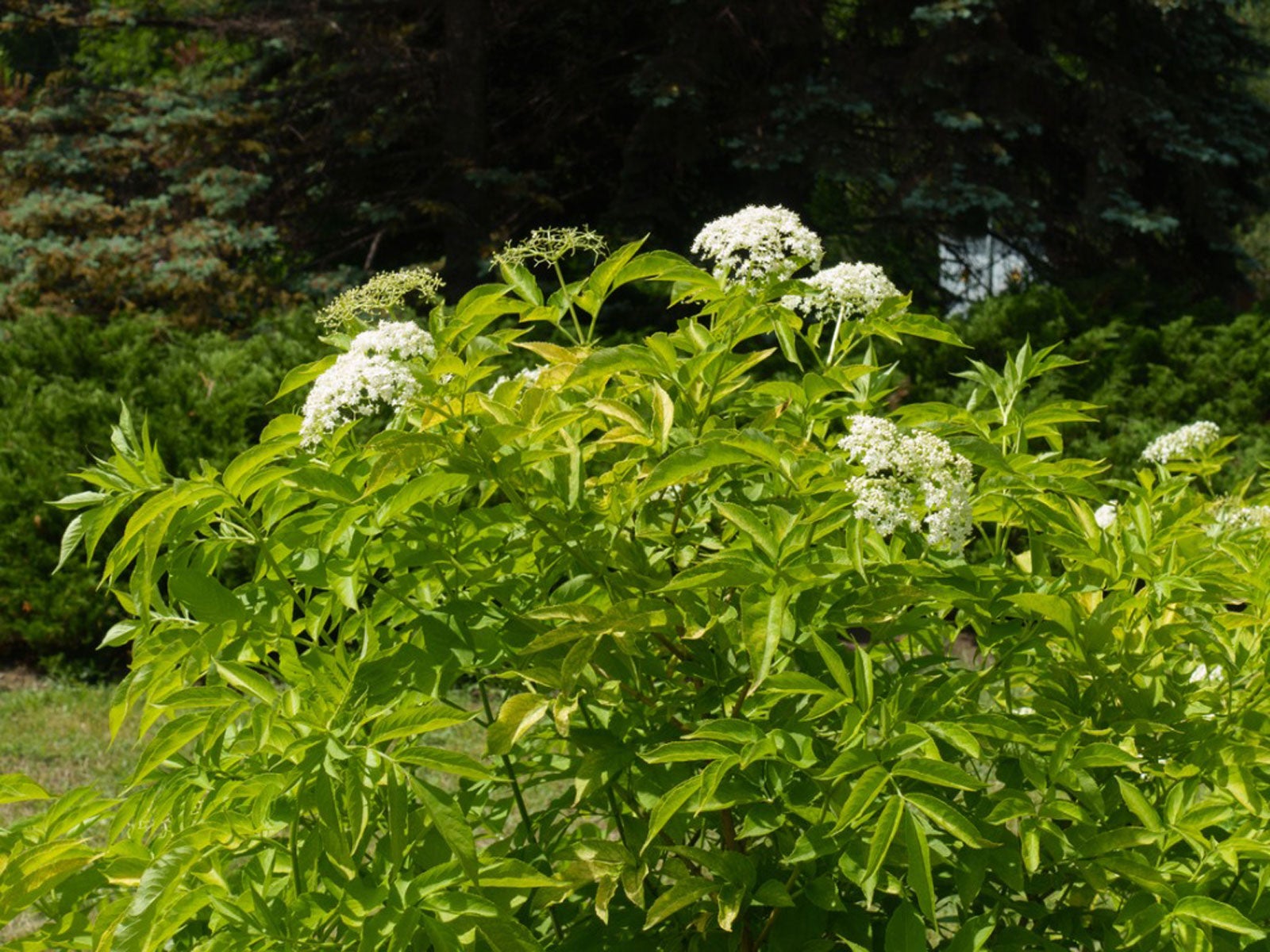 Transplanting Elderberries – How To Transplant Elderberry Bushes
Transplanting Elderberries – How To Transplant Elderberry BushesElderberry plants are attractive and productive. If you have a poorly sited shrub, moving an elderberry is not difficult. Get tips here.
By Teo Spengler
-
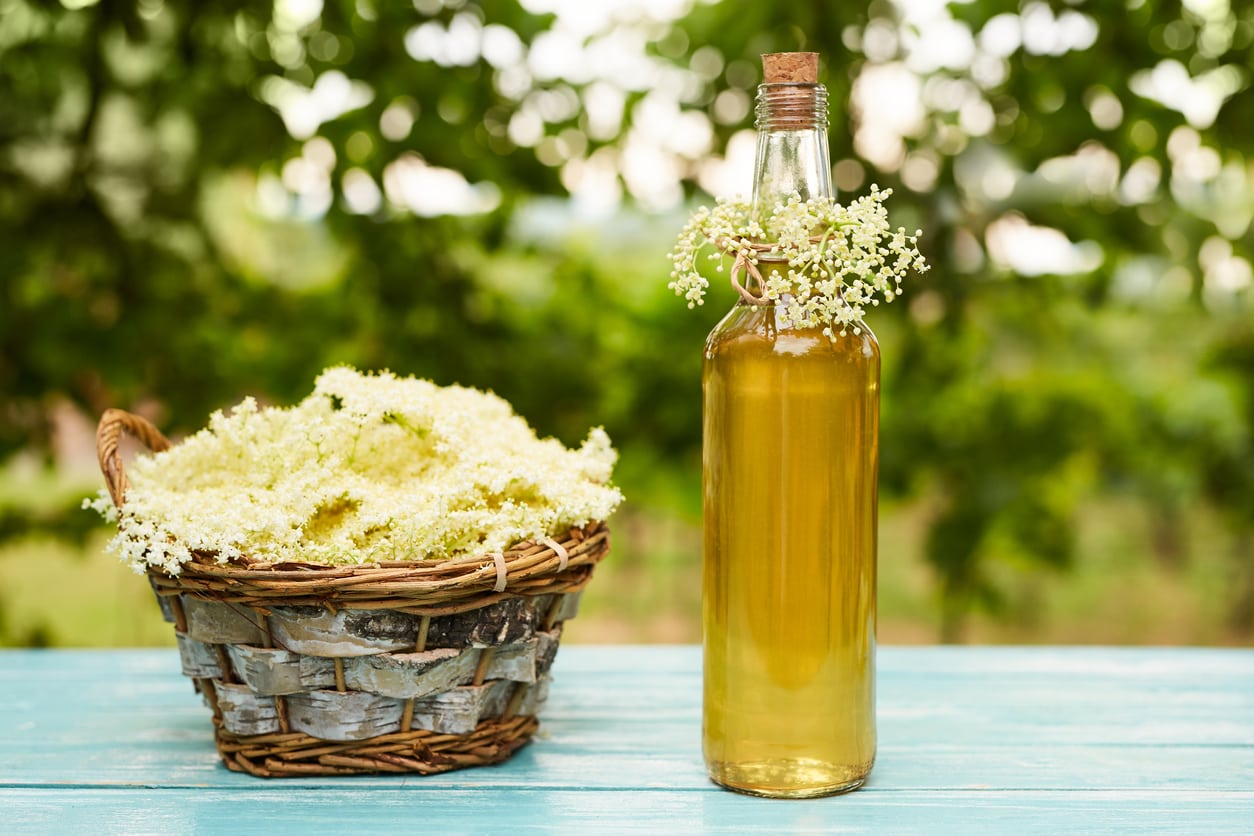 What To Do With Elderflowers: How To Use Elderflowers From The Garden
What To Do With Elderflowers: How To Use Elderflowers From The GardenMany gardeners and cooks know about elderberries, the small dark fruits that are especially popular in European cuisine. But before the berries come the flowers, which are tasty and useful in their own right. Click here to learn what to do with elderflowers.
By Liz Baessler
-
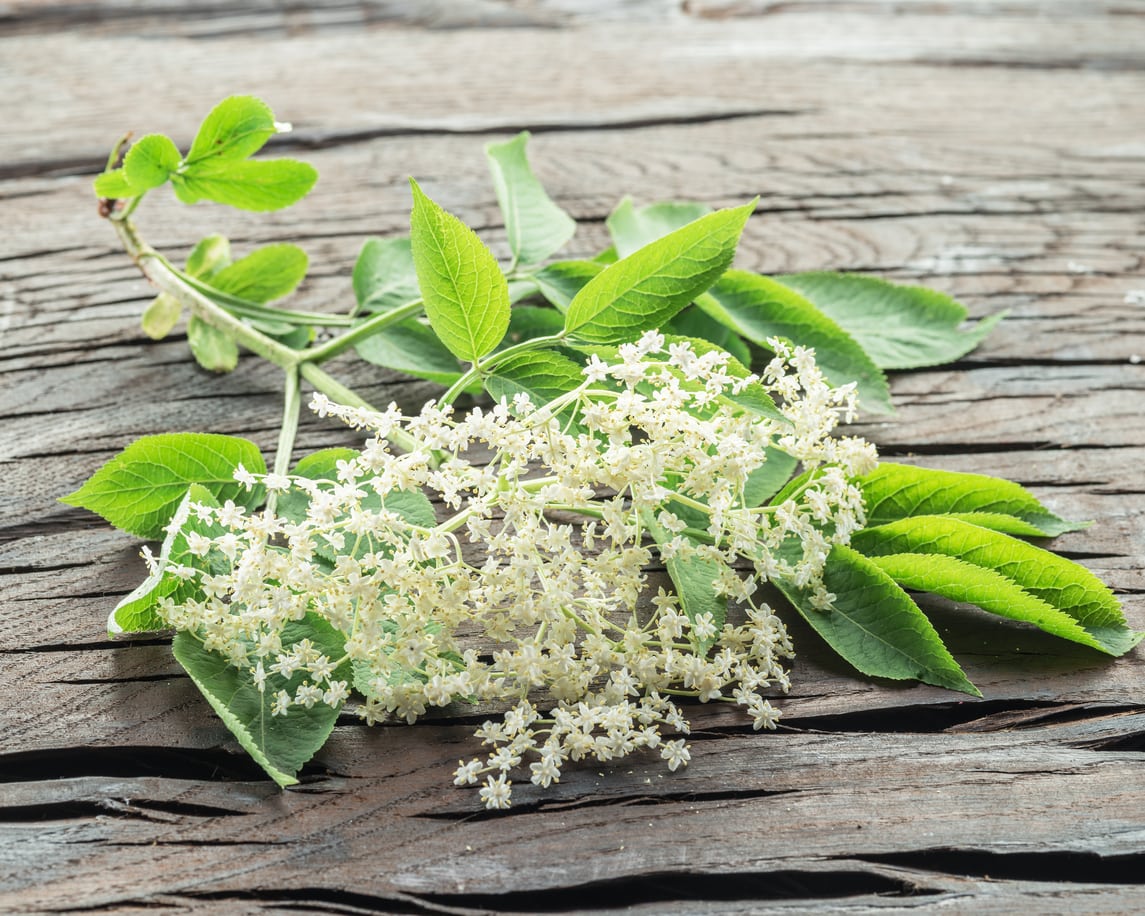 Elderberry Flowers – Growing Elderflowers In The Garden
Elderberry Flowers – Growing Elderflowers In The GardenElderberry is most well-known for its fruit, but you can also grow elderberries for their flowers. American elder is a fast-growing bush that will tolerate a variety of conditions and requires little care and maintenance. Learn more in this article.
By Mary Ellen Ellis
-
 How To Harvest Elderflowers – Tips For Picking Elderflowers
How To Harvest Elderflowers – Tips For Picking ElderflowersElderflowers have a long tradition of use and colorful lore. They are most useful in herbal concoctions during flu and cold season. Picking elderflowers when in season and drying them is an excellent way to preserve them for fall and winter sick days. This article will help.
By Bonnie L. Grant
-
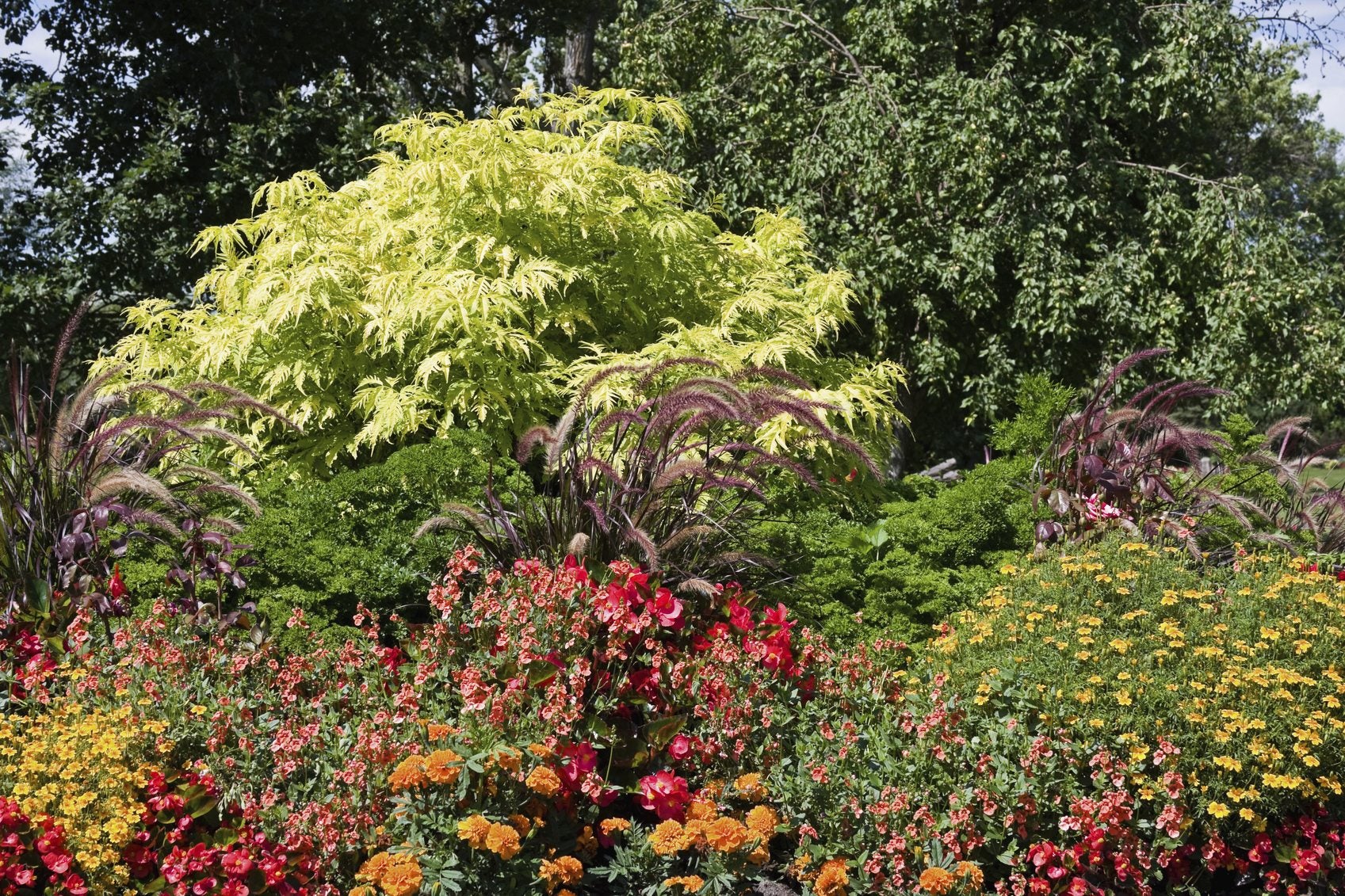 Elderberry Plant Companions – Tips On Planting With Elderberries
Elderberry Plant Companions – Tips On Planting With ElderberriesGardeners love elderberries because they attract pollinators, like butterflies and bees, and provide food for wildlife. These shrubs can be planted alone but look best with elderberry plant companions. What to plant with elderberries? This article will help.
By Teo Spengler
-
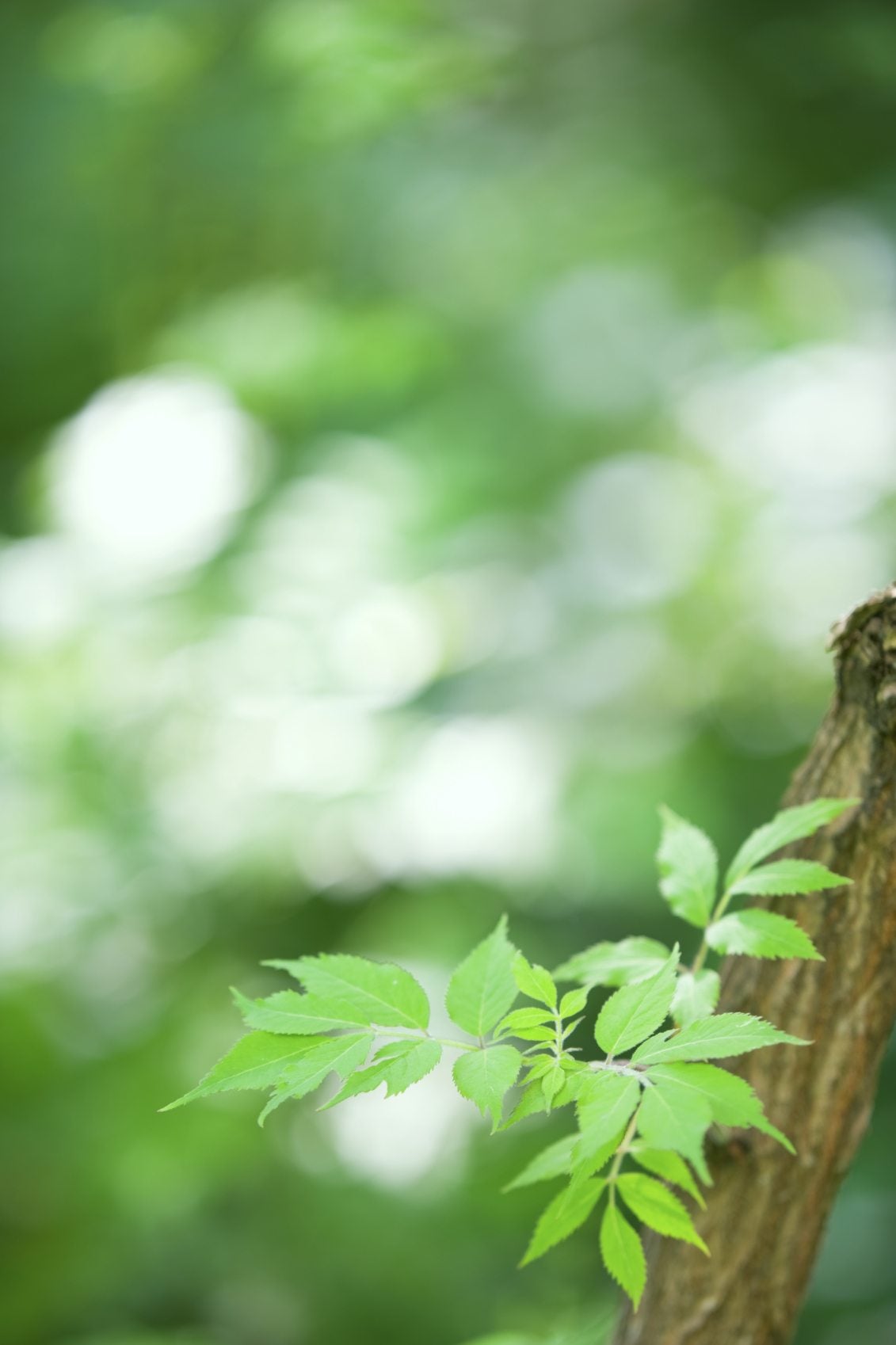 Rooting Elderberry Cuttings: How To Propagate Elderberry Cuttings
Rooting Elderberry Cuttings: How To Propagate Elderberry CuttingsElderberries are woody plants, thus starting elderberry from cuttings is a simple and common method of elderberry propagation. How to propagate elderberry cuttings and when is the best time to take elderberry cuttings? Learn more here.
By Amy Grant